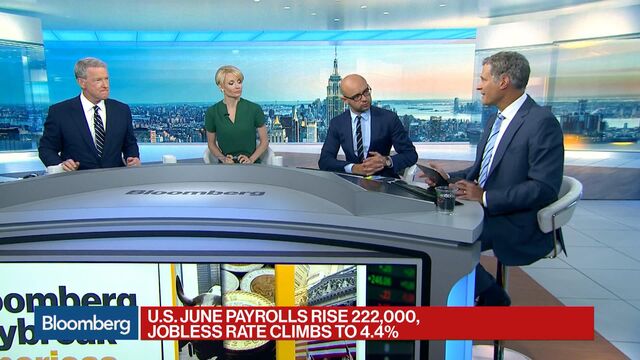

This is the underlying dynamic explored in Thomas Piketty's celebrated book, Capital in the Twenty-First Century: Returns to capital keep growing faster than returns to everyone else, and so income inequality becomes more extreme. In other words, it's Goldilocks for the investor class, and cold porridge for regular people. Despite a few bumps such last week's Dow losses, the economy is likely to continue to be good for investors, but lousy for working families. Thanks to this blend, over time, the stock market keeps going up, despite the fact that family earnings are flat. What they have in mind is the combo of modest growth, low interest rates, and no pressure whatever on labor costs (also known as people's wages.) Some Wall Street analysts like to call this a Goldilocks Economy-not too hot, not to cold, but just right. So actual raises are still a long way off. The Economic Policy Institute calculated that the real unemployment rate, counting part-time workers seeking full-time jobs and people out of the labor force who want work, is 9.6 percent. The actual unemployment rate actually rose slightly, to 6.2 percent, as more workers looked for jobs than the economy provided jobs. And the percentage of people employed remains stuck at 59.0 percent.
/GettyImages-157828062-577264083df78cb62c492aff.jpg)
Likewise the rate of labor-force participation. The number of long-term unemployed was basically unchanged.

The Labor Department weighed in with a report on Friday, revealing that the economy added only 208,000 more jobs in July, down from the June performance. Markets also worry that if the economy grows too fast, the Federal Reserve might pull back from its policy of low interest rates. What gives? Financial markets like it when the economy grows fast enough to signal that the recovery is continuing-but not so fast that labor markets might tighten and workers get more bargaining power to get raises. The Dow lost more than 317 points Thursday and another 70 points Friday. The economy grew at an impressive rate of four percent in the second quarter of this year, according to a government report released on Wednesday. This article originally appeared at The Huffington Post.


 0 kommentar(er)
0 kommentar(er)
